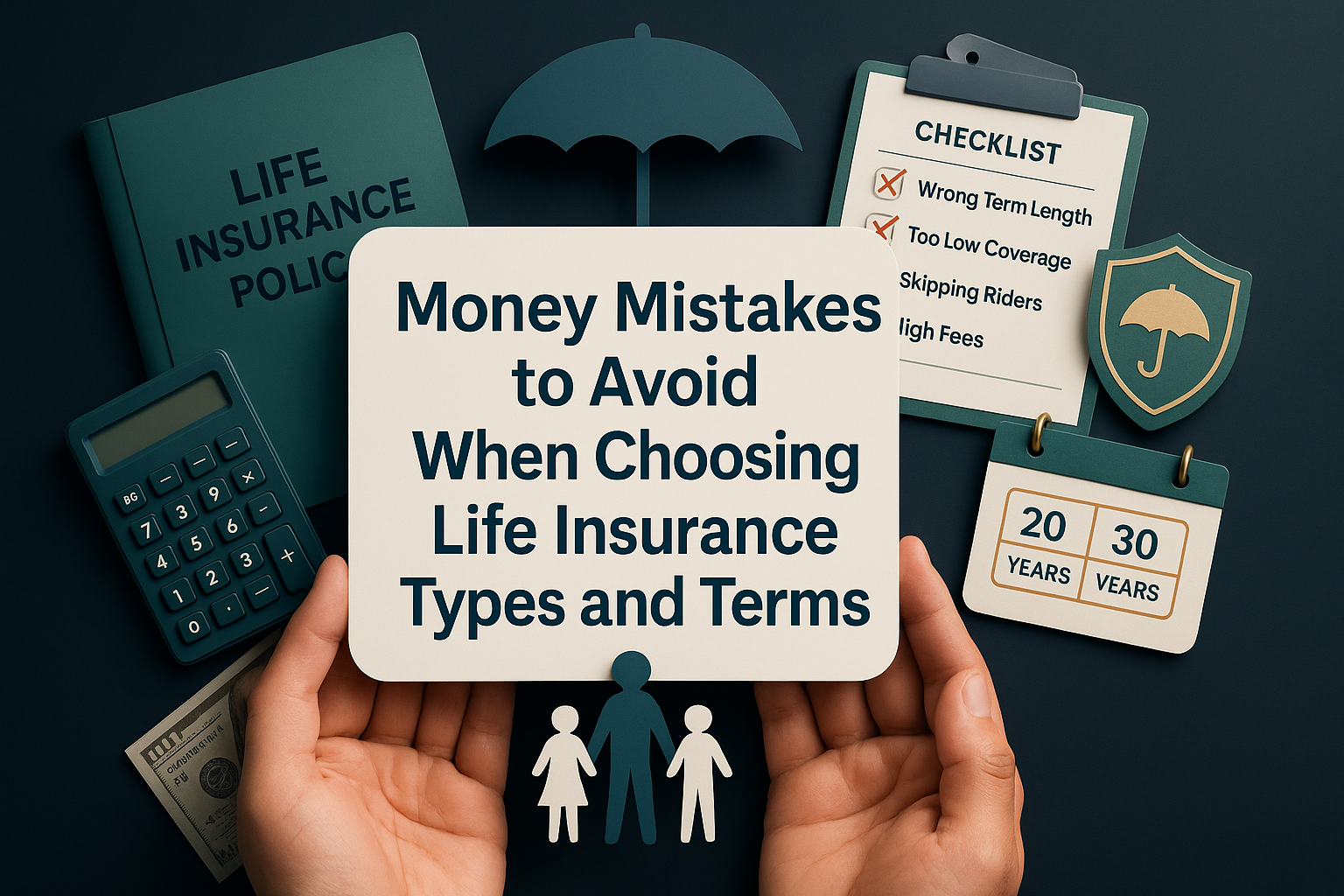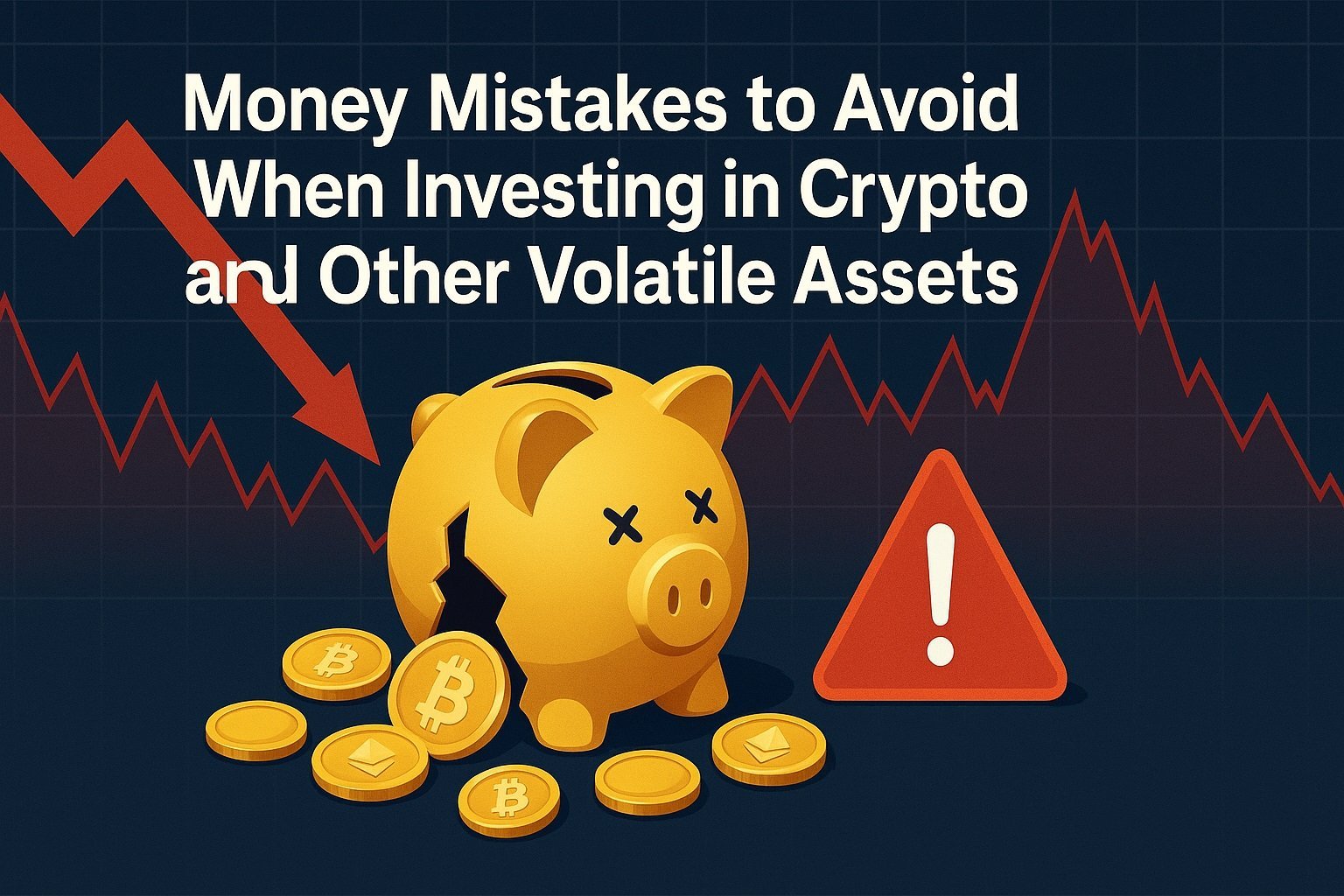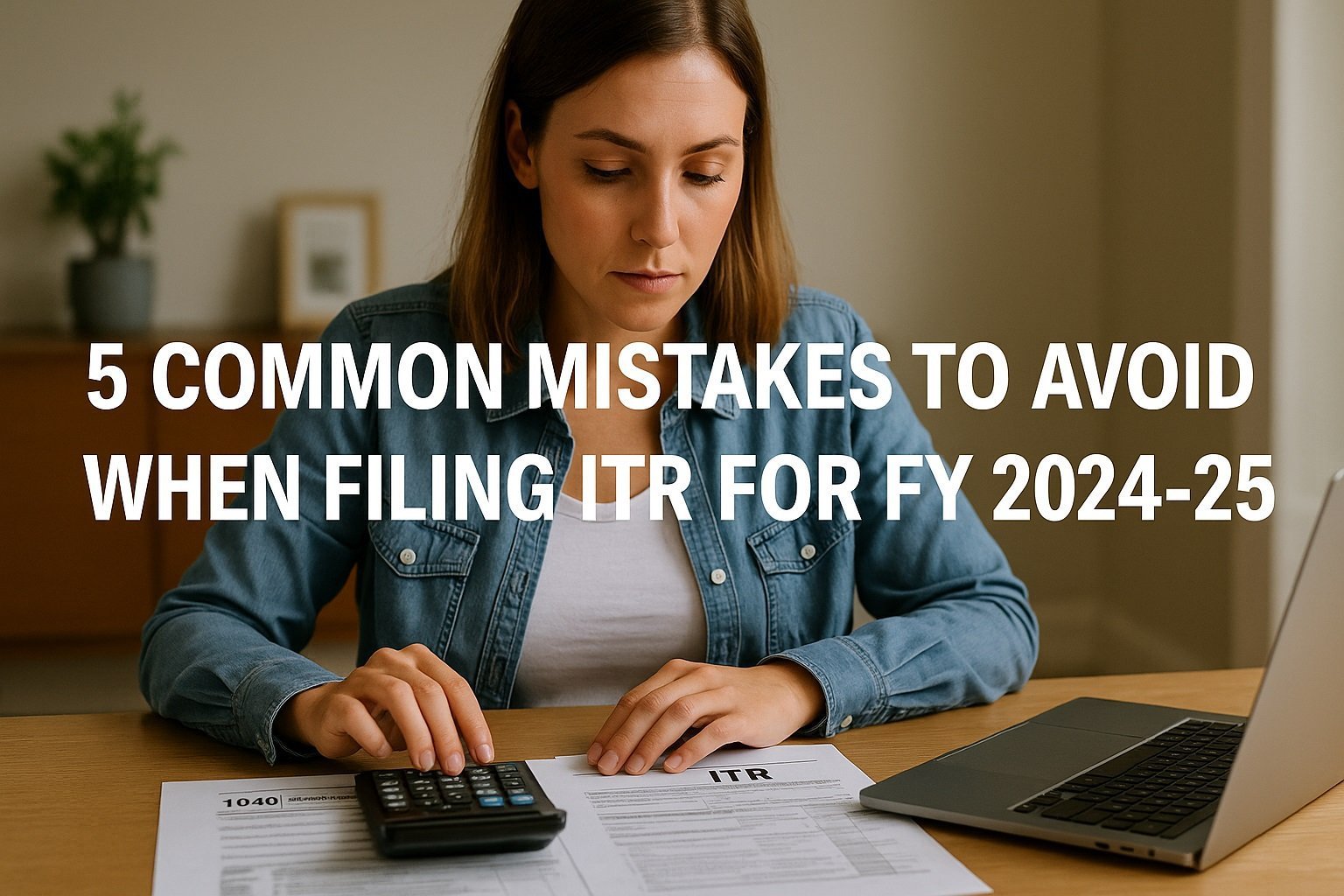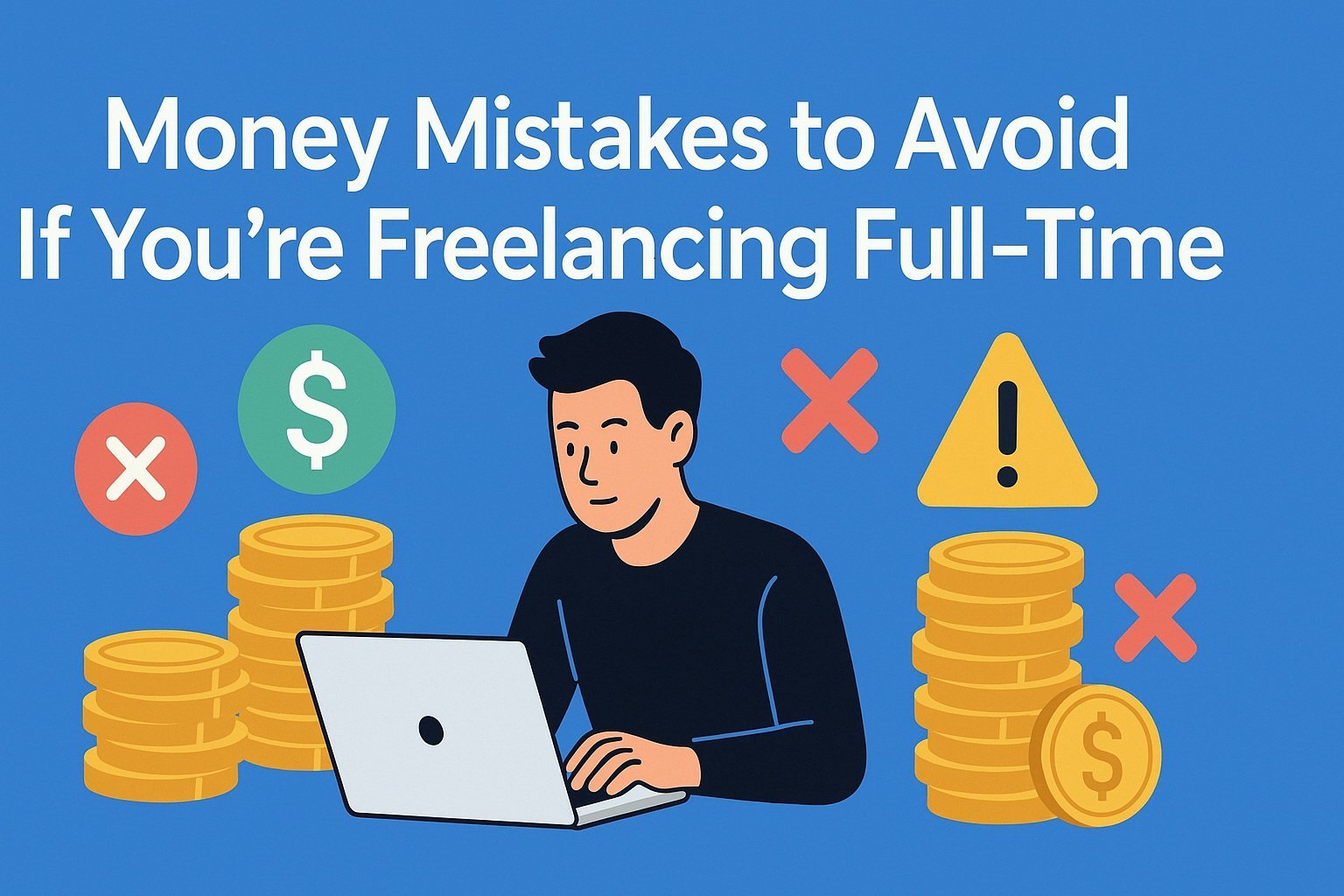
Your 20s are the setup decade: the choices you make set compounding forces – good or bad – in motion for decades. A money mistake is any repeated spending, saving, borrowing, or investing behaviour that erodes future net worth or flexibility. In the outline below you’ll learn:
-
The 11 most common pitfalls flagged by today’s highest-ranking finance articles and 2025 trend pieces.
huntington.com | businessinsider.com | rollingout.com -
Quick, actionable strategy steps to replace each bad habit with a wealth-building one.
washingtonpost.com | joinkudos.com -
Expert-backed answers to the exact “People Also Ask” (PAA) questions showing in Google right now.
joinkudos.com | washingtonpost.com
Use the framework as a checklist or a wake-up call to protect the 40-year-old version of you.
1. Are You Spending More Than You Earn? (Lifestyle Inflation & “YOLO” Culture)

It’s easy to fall into the trap of thinking that a little extra here and there won’t matter. But ramping up your spending every time your income ticks up is called lifestyle inflation, and it silently eats away at your ability to build lasting wealth. Throw in the “You Only Live Once” mindset, and before you know it, you’re upgrading your rent, leasing a new car, or splurging on fancy dinners without saving a dime.
This habit doesn’t just stop you from padding your savings; it puts you at risk of carrying revolving credit balances, paying interest on luxuries you can’t genuinely afford, and losing out on years of compound growth in your investment accounts. In fact, survey data shows that even modest boosts in income often translate directly into higher discretionary expenses, leaving the effective savings rate unchanged or even lower.
Strategy Step: Track every dollar for 30 days, then lock in a 50/30/20 (needs/wants/saving) split with an automated pay cheque rule set.
First, commit to logging every expense, no matter how small, for a full month. Use a budgeting app or even a simple spreadsheet to record rent, groceries, streaming subscriptions, takeout, splurges, and everything in between. Once you have a clear view of where your money actually goes, set up an automated rule in your payroll or banking app:
| Category | Percentage of Income | Examples |
|---|---|---|
| Needs | 50% | Rent, utilities, insurance, groceries |
| Wants | 30% | Dining out, entertainment, travel |
| Savings & Debt | 20% | Emergency fund, retirement, extra debt |
-
Automate the split
As soon as your pay cheque arrives, have 50% deposited into your “Essentials” account, 30% into “Lifestyle” and 20% into “Savings & Debt”. Automation removes the temptation to overspend. -
Review monthly
At the end of each month, glance at the totals in each bucket. If your lifestyle category crept above 30%, trim one recurring subscription or delay one non-essential purchase. -
Adjust as needed
Pay raises shouldn’t automatically inflate your lifestyle bucket. Instead, direct most of any raise into savings & debt until you hit a milestone, like three months of living expenses in cash or a 6% retirement contribution, then revisit your allocations.
By seeing exactly how much you earn versus how much you spend, you stop letting lifestyle inflation and YOLO impulses hijack your future. Automating your budget enforces discipline without constant effort, freeing you to enjoy your 20s responsibly while building real financial flexibility for your 40s.
2. Has Credit-Card Debt Become ‘Normal’?
It’s tempting to think that carrying a balance on your credit cards is just part of adult life. With flashy reward programmes and “buy now, pay later” messaging everywhere, you might barely notice interest compounding against you each month. But when you treat credit card debt as routine, you’re essentially handing your hard-earned money straight to the card issuers. High APRs can turn a small purchase into a long-term liability, and minimum payments often cover barely any principal, stretching repayment into years.
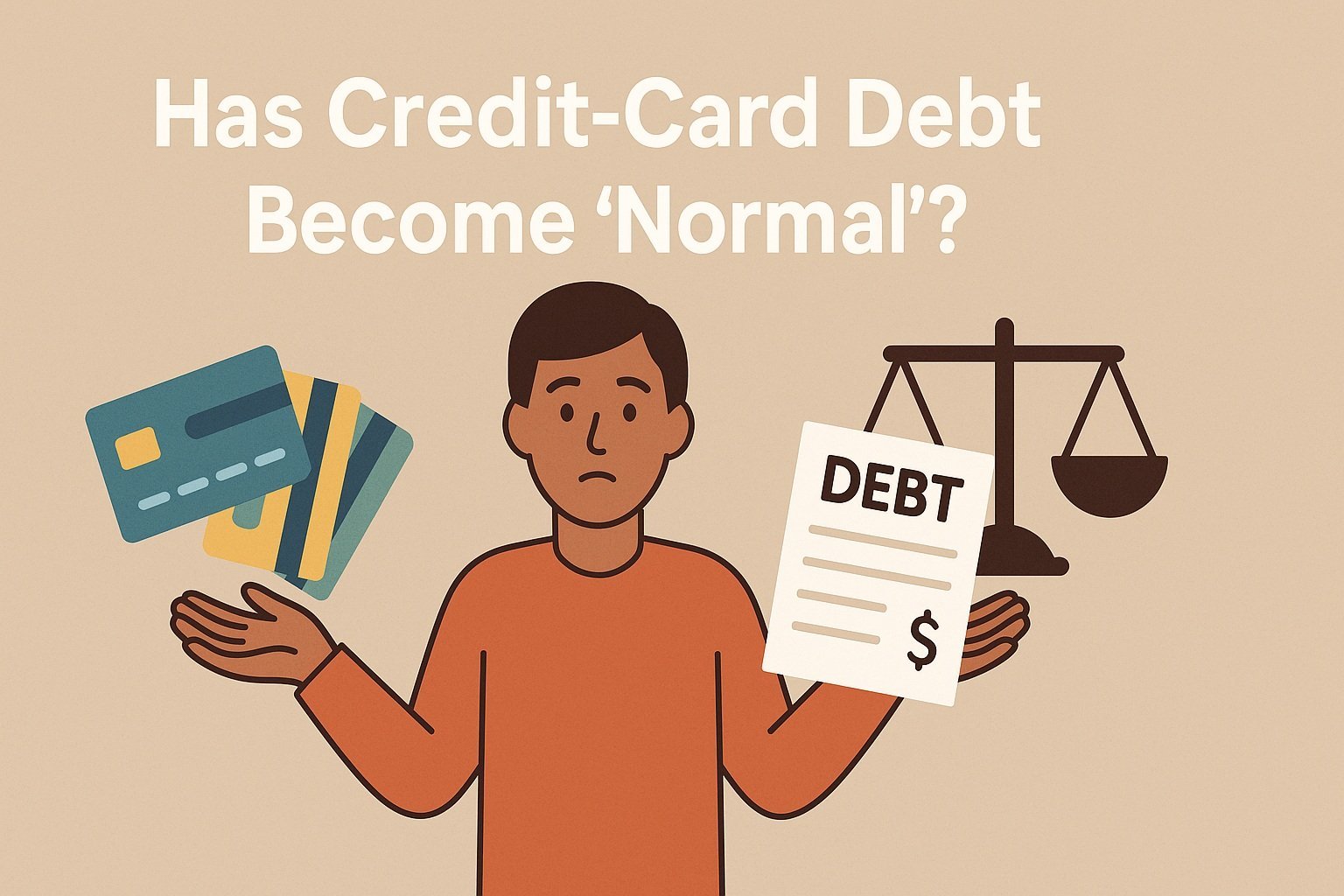
According to recent analysis, the average household credit card APR hovers well above 20 per cent, and many people roll balances month to month without ever creating a clear payoff plan (businessinsider.com, fidelity.ca). That habit not only diminishes your credit score but also eats into your ability to save for emergencies, retirement, or that down payment you’ve been dreaming about. Normalising this debt can leave you trapped in an expensive cycle that’s harder to break the longer you let it slide.
Strategy Step: Avalanche balances above 20% APR first; call issuers to negotiate lower rates or a 0% transfer
Start by lining up your cards in order of highest to lowest APR. Focus every extra dollar on the top-rate balance while maintaining minimums on the rest. Once the highest-APR card is paid off, roll its payment amount into the next one down the list. To make this even more effective, reach out to your card issuers and ask for a rate reduction. Many will oblige if you have a good payment history. You can also shop for a 0 per cent balance-transfer offer to buy yourself some interest-free breathing room (typically for 12 to 18 months).
| Card Name | APR (%) | Payoff Order |
|---|---|---|
| Platinum Plus | 24.9 | 1 |
| Rewards Edge | 22.5 | 2 |
| Everyday Saver | 18.0 | 3 |
-
List your balances: Pull up your latest statements or log into your online accounts.
-
Order by APR: Note each card’s interest rate and rank them highest to lowest.
-
Allocate extra payments: After covering all minimum payments, throw any extra cash at the top APR card until it’s zero.
-
Negotiate or transfer: Call each issuer, ask for a rate break, or apply for a 0 per cent balance transfer to extend your payoff timeline without accruing more interest.
-
Repeat: Once one card is paid off, move to the next. Before you realise it, you’ve conquered your credit card debt and freed up cash flow for savings and investments.
By treating credit card balances as temporary hurdles rather than long-term fixtures, you’ll save thousands in interest and build healthier financial habits that serve you well into your 40s and beyond.
3. No Emergency Fund What’s Your Plan B?
Life throws curveballs. Your car might break down, medical bills can pop up, or you could suddenly face a spell of unemployment. Without an emergency cushion, you’ll reach for credit cards or personal loans and lock in high interest charges. That’s why personal finance experts stress having at least three months of bare-bones expenses tucked away before anything else.
Opening a high-yield savings account is your first step. These accounts pay significantly more interest than a standard checking or savings account, so your cash actually works for you instead of sitting idle. Once you’ve picked a bank offering competitive APY, set up an automatic transfer of $25 to $50 each week. Before you know it, you’ve built a safety net without feeling pinched in your monthly budget.

-
Choose a bank with an online high-yield account that has no fees and easy transfers.
-
Schedule a weekly transfer right after payday. This “set and forget” approach builds your fund painlessly.
-
Track your progress monthly to stay motivated. Seeing that balance grow turns saving into a habit.
By the time you reach that three-month goal, you’ll not only have peace of mind but also a foundation to tackle bigger financial moves without fear.
4. Are You Ignoring Free Retirement Money? (401(k)/Match)
If you’re passing on your employer’s retirement match, you’re effectively leaving free money on the table. Many companies offer to match contributions dollar-for-dollar up to a certain percentage of your salary. Skipping this benefit is like declining a guaranteed raise.
Start by contributing at least enough to get the full match. Even if you can only afford 3% of your salary at first, that plus your employer’s 3% still nets you 6% going into retirement. Then, each year on your work anniversary, bump your contribution rate up by 1%. Over time, those incremental increases add up to powerful compounding growth, and you won’t even notice your take-home pay dipping much.
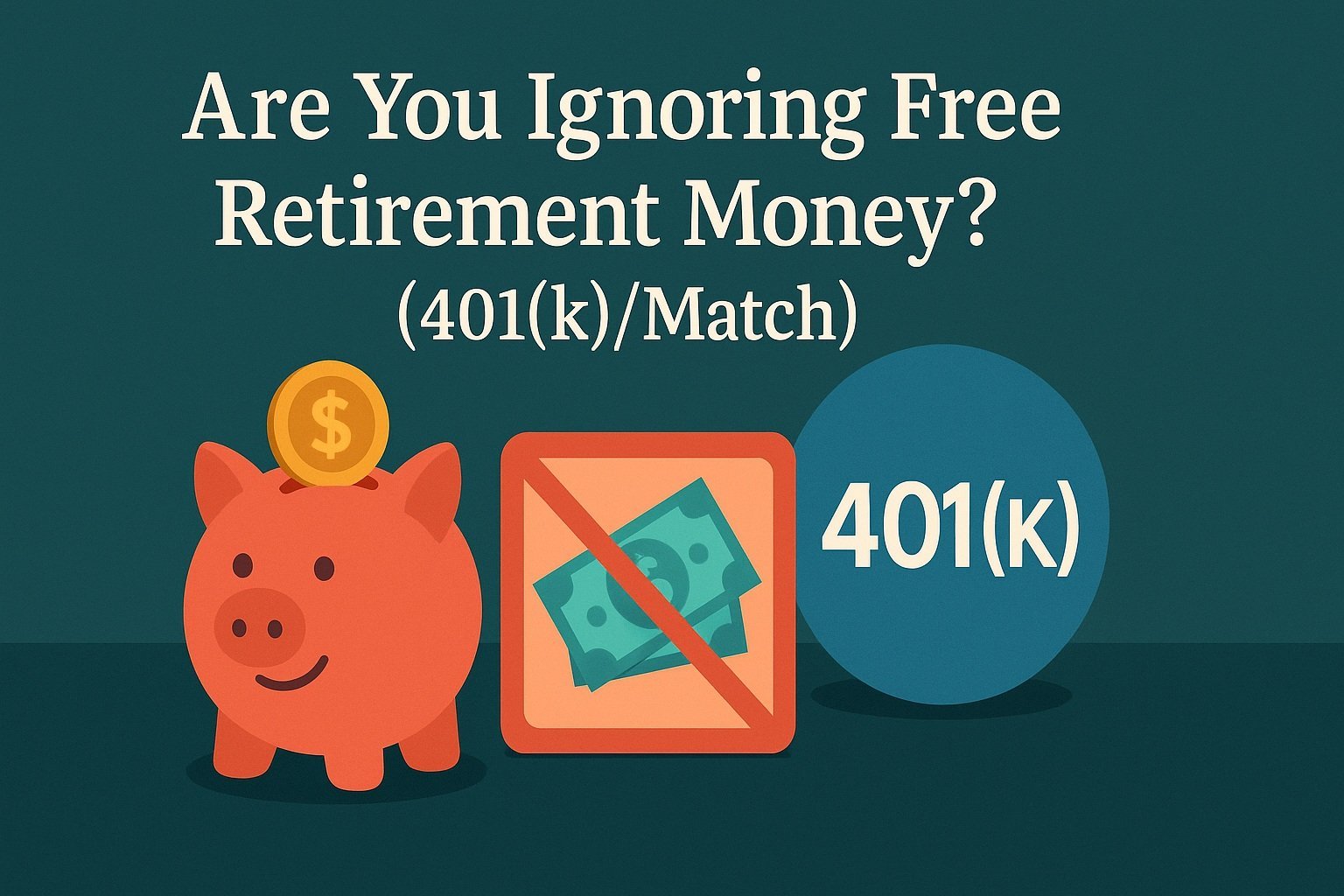
-
Check your plan documents to see the exact match formula.
-
Enrol or adjust your payroll deductions to capture 100% of the match.
-
Set a calendar reminder to raise your contribution by 1% annually.
Capturing every dollar your employer will match is the simplest way to turbocharge your long-term savings without sacrificing your lifestyle today.
5. Hooked on BNPL & Micro-Financing?
Buy-now-pay-later and micro-financing options can feel like magic when you’re eyeing that new gadget or trendy outfit. It seems harmless to split a purchase into four easy instalments or grab a small loan with a quick tap. But those tiny payments add up, and missing even one can trigger late fees or interest that snowballs before you know it. What started as a “zero interest” deal can become a costly liability if you’re juggling multiple plans at once.
When you lean on BNPL tools or micro-loans to cover everyday purchases, you’re essentially borrowing against next month’s pay cheque and eroding your capacity to save. Each small balance is just another bill to remember, increasing stress and reducing the room in your budget for things that truly matter, like building your emergency fund or investing for retirement.
Strategy Step: Treat BNPL as credit-card debt on payday; delete shopping apps for a 30-day “No-Buy” detox
-
Consolidate your mindset
The moment a BNPL purchase posts, mark the full amount as “debt” just like you would with a credit card charge. That way you don’t get fooled by the instalment illusion. -
Pay on payday
As soon as your pay cheque arrives, clear any BNPL balances in full instead of spreading them out. This prevents interest or late fees from sneaking in. -
Clean house
Remove shopping and financing apps from your phone or browser for at least 30 days. Without the temptation front and centre, you’ll break the habit of impulse buys. -
Reflect weekly
During your “No-Buy” detox month, jot down what you were tempted to buy and why. This helps reveal emotional triggers and patterns you can address, whether it’s boredom, stress, or social pressure.
By treating every BNPL plan like a credit card balance and giving yourself a forced break from easy shopping, you’ll regain control over your spending habits and free up cash flow for priorities that truly pay off in the long run.
6. Comparing Your Finances to Social-Media Highlights?
Scrolling through picture-perfect vacations, designer wardrobes, and luxurious meals on social media can leave your bank account feeling inadequate. It’s easy to forget that most feeds are carefully curated highlight reels, not everyday reality. When you start measuring your financial progress against someone else’s filtered moments, you risk making choices that hurt your future, like overspending to “keep up” or feeling demotivated when your balance doesn’t match up.
Rather than chasing other people’s benchmarks, focus on your own goals and milestones. Celebrate the small wins, like hitting your first $1,000 emergency buffer or boosting your retirement contribution by 1 per cent, and use them as motivation to keep going.
Strategy Step: Schedule a monthly “money date” to review your goals, not influencers’ lifestyles
-
Block it out
Put a recurring appointment on your calendar for just 30 minutes each month to sit down with your accounts and budgets. Treat it like a coffee date with yourself. -
Set clear objectives
Before your money date, list one or two goals to check: Has your emergency fund grown? Did you stick to your 50/30/20 split? Are you on track with debt payoff? -
Journal progress
Write a quick note on what went well and one area to improve. This act of reflection keeps your focus on your journey rather than on someone else’s. -
Plan next steps
Based on your review, choose one specific action for the coming month, whether that’s trimming a subscription, upping your savings transfer by $10, or redirecting an extra payment to high-interest debt.
By making a habit of these monthly money dates, you build a personalised roadmap to financial health and sidestep the comparison trap that social media invites. Your progress becomes about your own milestones, not someone else’s highlight reel.
7. Still “Waiting to Invest” Until You Know More?
Putting off investing because you think you need a PhD in finance only guarantees you miss out on years of compound growth. According to fidelity.ca and waukeshabank.com, the single most powerful factor in building wealth is time in the market, not timing the market. Every month you delay, you’re passing up potential gains that could snowball into real retirement security decades down the road.

Even if you start with just a few hundred dollars, you’ll learn on the job. Watching your contributions and returns in real time teaches you more than any finance blog ever could. Plus, getting comfortable with small, automated investments helps you stick with the habit as your paycheques grow.
Strategy Step: Open a low-fee, broad-market index-fund account; automate $100/month today; learning happens on the ride
-
Choose a provider
Pick a broking or robo-advisor that offers broad-market index funds with expense ratios below 0.20%. -
Automate deposits
Set up an automatic $100 transfer each month. Treat it like a recurring bill so you never have to think about it. -
Observe and adjust
Check your account quarterly. As you gain confidence, consider increasing the transfer by 1% of your pay cheque or whenever you get a raise.
By taking the plunge now, you turn every month’s $100 into a lesson in market behaviour, habit formation, and long-term planning. You’ll arrive at age 40 with real assets and real experience, not just theoretical knowledge.
8. Goal-Setting Equals “Some-Day” Dream?
Having a vague dream of “one day being rich” won’t carry you anywhere. investigatetv.com and blog.texell.org stress that specific, time-bound targets are what turn ideas into action. When you write down concrete money goals like saving $10,000 for a house in five years or paying off $15,000 of student loans in three years, you create a roadmap you can follow every month.
Without milestones, it’s easy to drift into day-to-day spending and lose sight of the bigger picture. But with clear checkpoints, you can celebrate small wins and adjust course before you fall off track.
Strategy Step: Write one 1-year, 5-year, and 10-year money target; reverse-engineer monthly milestones
-
Define your targets
Choose one financial goal for each horizon: 1 year (e.g., $2,400 emergency boost), 5 years (e.g., $20,000 down payment), and 10 years (e.g., $100,000 in retirement). -
Break it down
Divide each target by the number of months in its timeframe to get a clear monthly savings or payment figure. -
Track and celebrate
Add those monthly figures to your budget. At each payday, check off progress and reward yourself for sticking to the plan.
This simple approach turns lofty “some-day” dreams into bite-sized steps that fit into your everyday life, making lasting progress inevitable.
9. Paying Off the Wrong Debt First?
Many people tackle debts based on balance size or emotion instead of cost. Huntington.com highlights that interest rates, not balances, determine which debts are truly most expensive. If you throw extra cash at a low-interest student loan while a credit card balance at 18% APR still looms, you’re literally losing money every month.
Focusing on the wrong debt first can stretch your total payoff timeline and waste thousands in unnecessary interest charges.
Strategy Step: List debts by interest rate, not balance size; clear anything above 6% before making extra mortgage or student-loan payments
| Debt Type | Interest Rate | Priority |
|---|---|---|
| Credit Card A | 19% | 1 |
| Personal Loan | 12% | 2 |
| Auto Loan | 7% | 3 |
| Student Loan | 5% | 4 |
| Mortgage | 4% | 5 |
-
Inventory your debts
Gather statements and list each debt with its APR. -
Rank by APR
Sort from highest rate to lowest. Anything above 6% goes to the front of the line. -
Allocate extra payments
After minimums, direct all additional funds to the top-rate obligation until it’s zero, then move down the list.
By focusing on the true cost of each liability, you’ll shave years off your repayment schedule and free up cash to invest or save, setting your 40-year-old self up for a much healthier financial picture.
10. Keeping Too Much Cash & Avoiding Calculated Risk?
It feels safe to let your emergency cash pile up in a checking or basic savings account where you can see it every day. But in today’s low-interest environment, stashing more than three to six months of living expenses in cash means you’re likely losing purchasing power to inflation. Meanwhile, the rest of your long-term money sits idle instead of working for you. Experts at charles-stanley.co.uk point out that an investment mix tuned to your time horizon can dramatically boost your growth potential without exposing you to unnecessary short-term volatility.

If your goals are more than five years away – retirement, a down payment on a home, or children’s educational Locating that slice of your portfolio to a diverse blend of stock and bond index funds can help you ride out market swings and benefit from long-term compound returns. You’ll still keep a cash buffer for surprises, but the bulk of your wealth starts to grow instead of erode.
| Time Horizon | Recommended Allocation |
|---|---|
| 0–1 year (Emergency) | 100% cash or ultra-low-risk account |
| 1–5 years | 60% bond index funds / 40% stock index funds |
| 5+ years (long-term) | 80% stock index funds / 20% bond index funds |
Strategy Step: Shift the “long-term” slice (5+ years out) into diversified stock or stock-plus-bond index funds
-
Identify your true emergency reserve and keep it in cash or a high-yield savings account.
-
Determine which funds are earmarked for goals more than five years away.
-
Choose broad-market index funds with expense ratios under 0.20 per cent – one for stocks and one for bonds.
-
Rebalance once a year to maintain your target mix, buying more of whichever asset class has fallen below its allocation.
By moving your long-term money into a balanced index-fund blend, you embrace a level of market risk that’s appropriate for your horizon and give your wealth a real chance to grow.
11. Failing to Negotiate Salary or Job-Hop Strategically?
Relying solely on annual cost-of-living raises often leaves money on the table. Data from rollingout.com shows that people who negotiate a raise or switch jobs every two to three years can boost their income growth by as much as 10 to 15 percent per move compared with sticking it out indefinitely. Yet many shy away from these conversations, fearing rejection or awkwardness.
Strategic job-hopping or data-driven salary negotiations aren’t about being disloyal; they’re about recognising your own market value and ensuring your compensation keeps pace with your skills. Without clear benchmarks and practice, it’s easy to accept the default offer
Strategy Step: Benchmark your role annually on salary databases; rehearse a data-driven raise conversation or planned jump every 24 to 36 months
-
Each year, check multiple salary sites like Glassdoor, PayScale or industry surveys to see how your current pay compares.
-
Document your achievements, projects, and any extra responsibilities you’ve taken on since your last review.
-
Schedule a mock negotiation: script out talking points, practise with a friend or mentor, and prepare responses to common objections.
-
If a satisfactory raise isn’t on the table after a well-supported ask, research openings at comparable companies and plan a job change within the next two to three years.
By making benchmarking and negotiation part of your routine, you continuously align your compensation with your growing expertise, setting yourself up for higher earnings over the long haul.
FAQ – People Also Ask
| Question | Short Answer |
|---|---|
| What are the biggest money mistakes to avoid in your 20s? | Overspending, high-interest debt, skipping investing, and failing to set goals top every expert list. |
| How much should a 20-year-old have saved? | Aim for three months of essential expenses in an emergency fund plus 10%–15% of income flowing to investing. |
| Is it too early to invest for retirement in your 20s? | No: time in the market is your strongest asset. Even $100/month at 8% could grow to $294K by age 60. |
| Should I pay off student loans or invest first? | If your loan rate is above 6%, tackle that first; otherwise split extra funds between debt and investing. |
| How can I stop living paycheque to paycheque? | Track every expense, automate your bills and savings, build a small emergency cushion, and boost income through skill-building or negotiation. |



